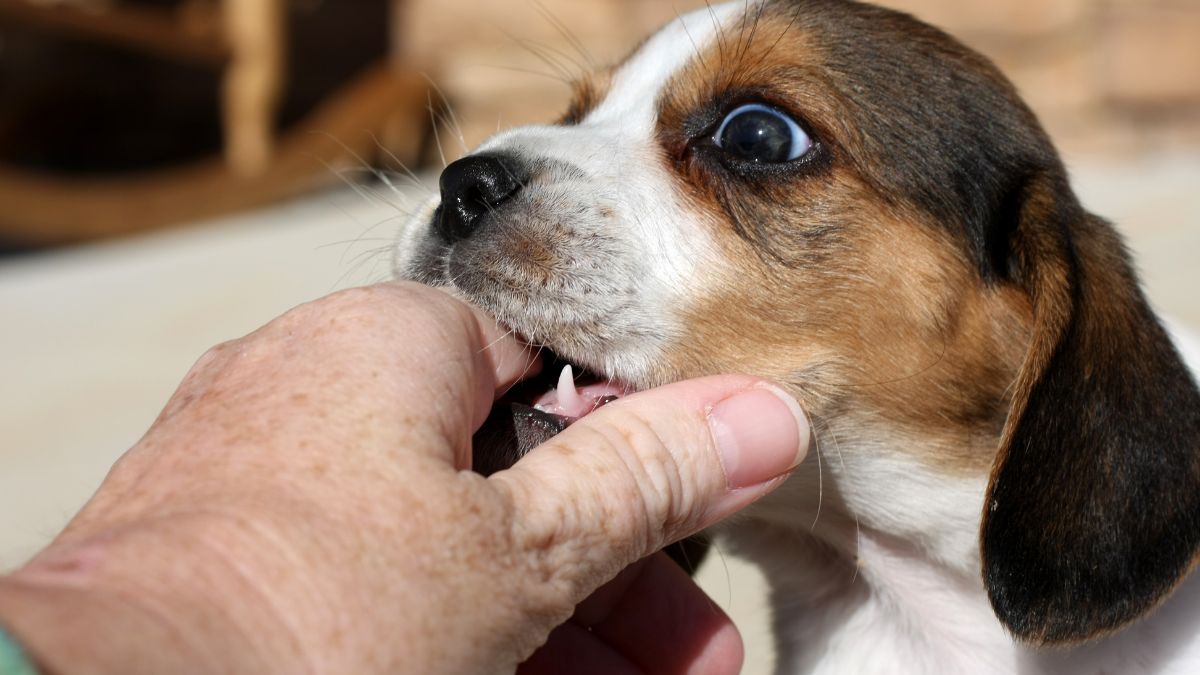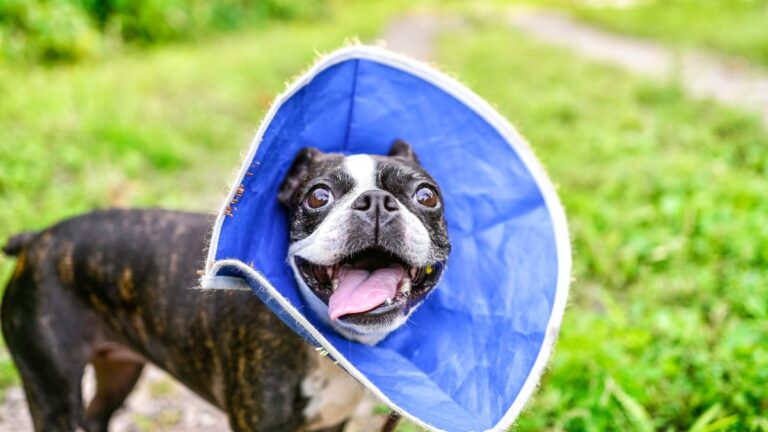Dog bites can be shocking and emotionally distressing events, whether the bite involves you, a family member, or a stranger. Responsible pet ownership includes knowing how to prevent bites, recognizing the factors that might lead a dog to bite, and understanding the appropriate steps to take if a bite does occur. This guide outlines practical actions to take after a dog bite and offers advice for preventing bites from happening in the first place.
Why Do Dogs Bite?
Understanding why dogs bite can help prevent incidents. Here are some common reasons:
- Defensiveness: Dogs may bite to protect themselves, their territory, or family members. This instinct is natural and often seen in mother dogs protecting their puppies.
- Startle Response: Dogs can bite if they’re suddenly startled, such as when being awoken or unexpectedly approached from behind.
- Pain: Even the friendliest dog may bite if it experiences pain from an injury, illness, or sensitive spot being touched.
- Fear: Dogs may bite if they feel threatened or fearful. Common fear triggers include loud noises, new environments, and unfamiliar people.
By identifying these triggers, dog owners can better anticipate situations where a bite might occur and work to reduce the likelihood.
Preventing Dog Bites
As a dog owner, your role includes training and socializing your dog to minimize aggression. Here are effective steps to prevent dog bites:
- Basic Training: Training your dog in basic commands, such as “sit,” “stay,” and “leave it,” helps reinforce positive behaviors and enables you to redirect potentially aggressive actions.
- Socialization: Early and consistent socialization helps dogs become comfortable with people, animals, and new environments. Regular exposure to controlled, positive interactions reduces fear-based aggression.
- Body Language Awareness: Learn to recognize signs of discomfort, stress, or aggression in your dog, such as growling, snapping, or stiffened posture. Remove your dog from potentially stressful situations before they escalate.
- Positive Reinforcement: Avoid physical or aggressive punishments, which may exacerbate fear or aggression. Instead, reward good behavior with treats, praise, or play.
- Supervision: Always keep your dog leashed or within a secure area. Avoid situations where your dog might feel cornered or anxious, especially around strangers or children.
- Professional Help: If your dog shows signs of fear or aggression, consult a professional trainer or behaviorist. In some cases, a basket muzzle may be used during training sessions.
- Health Check-Ups: Regular veterinary visits can ensure your dog’s health, reducing pain-related aggression. Keep vaccinations, particularly rabies, up to date.
Safe Interactions with Dogs
Proper behavior around dogs is crucial for both adults and children, and dog owners must also educate others about safe interactions. Here are essential tips:
- Approach Cautiously: Always ask permission from a dog’s owner before approaching. Let the dog sniff your hand before you attempt to pet them.
- Recognize Boundaries: Avoid putting your face close to an unfamiliar dog’s face, and do not reach to pet it unless the dog and owner signal it’s okay.
- Observe Body Language: Dogs often exhibit warning signs, like growling or a stiff body. If you sense tension, stop and slowly step away.
- Stay Calm in Confrontations: If you’re cornered by a dog, avoid eye contact, stay still, and back away slowly once the dog loses interest.
- Avoid Disturbing Dogs: Don’t approach dogs while they’re eating, sleeping, or caring for puppies, as these are times when they are more likely to be protective.
What to Do if Your Dog Bites Someone
If your dog bites someone, it’s essential to respond calmly and responsibly. Here are the steps to take immediately after a bite incident:
- Secure Your Dog: Place your dog in a crate or another room to prevent further incidents.
- Assist the Victim: Help the person clean the wound with warm, soapy water. Encourage them to seek medical attention, as even minor bites can lead to infection.
- Be Courteous and Cooperative: Avoid assigning blame or becoming defensive. Offer to contact a friend or family member to assist the victim if needed.
- Exchange Information: Provide the victim with your contact details and insurance information if necessary. Obtain contact information from any witnesses to the incident.
- Contact Your Veterinarian: Collect your dog’s medical records, including vaccination history, to provide to authorities if required.
- Report the Bite: Some jurisdictions require that dog bites be reported to local animal control or health departments. Contacting authorities also helps in case of future legal or medical concerns.
Understanding Legal Responsibilities
Dog bite laws differ across jurisdictions, so familiarize yourself with local regulations to be prepared for potential consequences. Common outcomes include:
- Rabies Vaccination Proof: You may need to provide proof that your dog’s rabies vaccinations are up to date. If not, the dog may need to be quarantined for observation.
- Quarantine Period: Even vaccinated dogs might face a short quarantine to monitor health status.
- “Dangerous Dog” Label: In severe cases, a dog might be designated as dangerous, which often requires compliance with strict handling laws.
- Legal Action and Liability: If the bite results in severe injury, or if it’s a repeated offense, you may face legal consequences. Some cases could even result in criminal charges or euthanasia.
Your Role in Preventing Future Bites
If you’re permitted to keep your dog after a biting incident, take steps to prevent future bites. While legal obligations may vary, ethical responsibility and concern for the dog’s well-being are paramount. Here’s how to responsibly manage your dog’s behavior post-bite:
- Training and Behavior Modification: Work with a professional trainer to address aggressive tendencies. Correcting fear-based or aggressive behaviors with positive reinforcement techniques can make a significant difference.
- Avoid Trigger Situations: Identify what led to the bite and work to avoid similar circumstances. Whether it was due to a specific person, place, or noise, remove or redirect your dog when in similar situations.
- Socialization and Supervision: Increasing your dog’s exposure to different situations while ensuring they feel secure can be beneficial. Avoid leaving your dog unsupervised around others, especially children.
- Ongoing Assessment: Regularly monitor your dog’s behavior and progress. If aggression continues or worsens, consult with a veterinary behaviorist, who can assess and address underlying issues, potentially with a combination of behavior modification and medication.
- Consider Alternatives: In rare cases where severe aggression is not treatable, humane euthanasia may be recommended. While this is a last-resort option, it may be the safest solution for the dog and others in extreme cases.
Final Thoughts
Taking steps to prevent dog bites is essential, but if a bite occurs, your response plays a critical role in determining the outcome for both the victim and your dog. From seeking prompt medical attention to cooperating with authorities, acting responsibly can make a difference. Ultimately, with the right training, socialization, and understanding, most dogs can overcome aggressive tendencies, leading to a safer, happier life for everyone involved.











